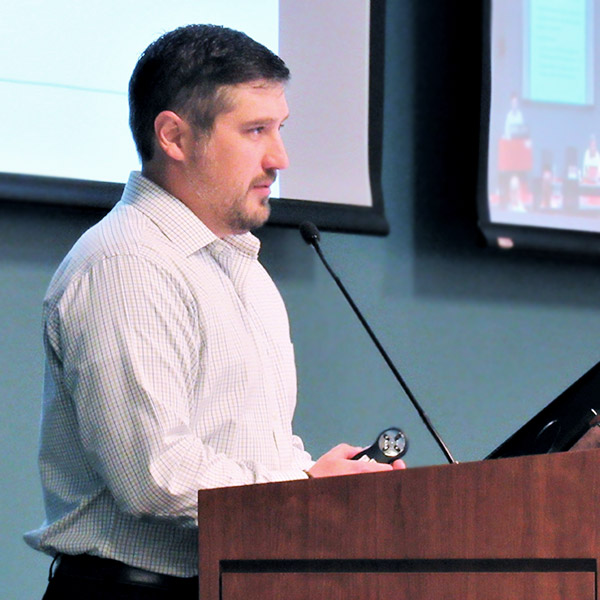MISO and its stakeholders are considering how to more accurately measure the potential benefits of proposed transmission projects.
The RTO is in the process of “refreshing” an ongoing list of possible new benefit metrics, planning adviser Adam Solomon said during a Planning Subcommittee meeting Tuesday.
MISO last year created two new metrics to help size up the benefits from market efficiency project candidates: the value of deferred or avoided reliability transmission projects resulting from an MEP, and the value of increased capacity on the contract path connecting its Midwest and South regions.
The RTO said it may develop even more benefit metrics by the end of the year, including increased capacity import and export limits, reduced congestion from fewer transmission outages, reduced transmission losses and whether projects can boost grid resilience. (See “More Benefit Metrics?” MISO MEP Cost Allocation Plan Goes to FERC.)
In 2017, MISO and stakeholders participating in the Regional Expansion Criteria and Benefits Working Group (RECBWG) created a “high potential” list of possible benefits that included the transmission losses and resilience metrics, as well as reduction of capacity costs from reduced peak load losses and the value of future capacity expansion deferral from increased capacity import/export limits.
Stakeholders asked MISO to elaborate on how it plans to measure the benefits of added resilience.
“We were hoping you would actually,” Solomon joked, noting the RTO is seeking stakeholder input on the metric.
“Resilience seems so vague and broad … you would almost have to create a separate stakeholder process to [define it]. I would just hate to see this bog down the process when you have other, specific and quantifiable ideas,” said Sam Gomberg, senior energy analyst with the Union of Concerned Scientists.
Solomon said he would return to the RECBWG with an updated list of benefit ideas stakeholders want to explore. MISO and stakeholders will work on prioritizing the list in the middle of the year, then discuss the feasibility of the selected benefit metrics in the third quarter. He asked stakeholders to submit written comments on the issue by May 17.
Release of 2nd Tx Cost Estimate Guide
MISO and stakeholders are finalizing the second-ever version of a cost estimation guide for the RTO’s 2019 Transmission Expansion Plan.
The RTO released its first cost estimation guide for market efficiency or multi-value projects early last year with the intent of updating the estimates as appropriate. (See MISO Releases Transmission Cost Estimates Guide.)
MISO divides transmission costs into four categories: land and right of way; structures and foundations; conductor, optical ground wire and shield wire; and professional services and overhead. Substation cost estimates are the sum of land and site work; equipment and foundations; protection and control; and professional services and overhead.
This year, MISO has added estimates for wooden poles as a structure type and for removing existing transmission lines.
But the cost estimates will be limited to traditional transmission construction components. The guide does not include estimates for HVDC lines and burgeoning technology such as energy storage-as-transmission, design engineer Alex Monn said.
“More specialized and customized project ideas are challenging to generalize for the purposes of a cost estimation guide. MISO will consider these project types on a per project basis,” the RTO said.
“From our research … those projects are really customized and site-specific, so you won’t find those in our cost estimate guide,” Monn said.
MISO could finalize and post the guide for MTEP 19 as early as the end of this week.
— Amanda Durish Cook




